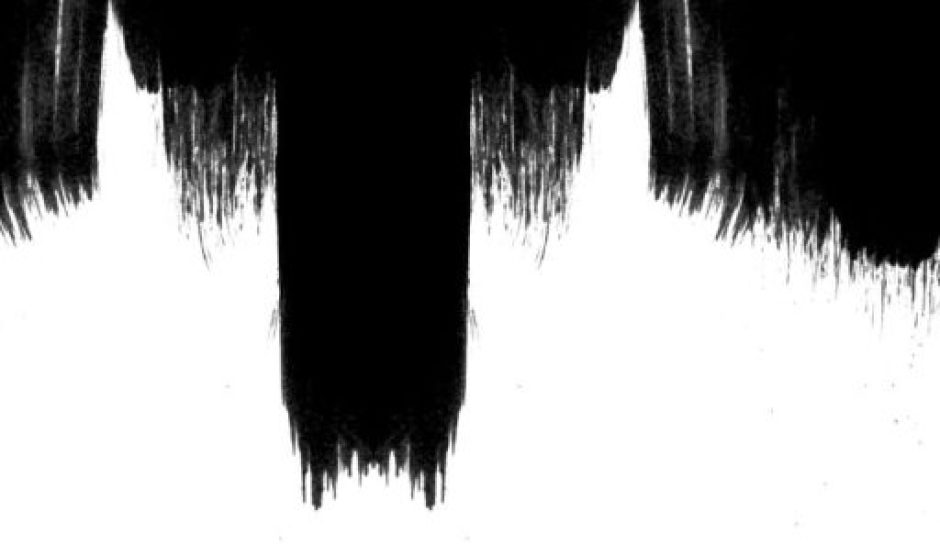ENCOURAGING CONNECTION TO STUDIO PRACTISE
CONTEXTUAL BACKGROUND:
As Senior Lecturer and personal tutor, within MA Fashion Artefact, I will become Unit1 leader for 24/25 and will have the opportunity to structure and deliver aligned studio workshops, to support Unit aims.
What people construct from a learning encounter depends on their motives and intentions, on what they know already and how they use prior knowledge. Meaning is therefore personal – what the learner has to do is the important thing. (Biggs 2003, p. 13).
EVALUTAION:
I have seen a reluctance for students to occupy the studio space, independently outside timetabled session. This pattern of isolated learning has been evident since Covid 19, and particularly concerning, as Unit 1 emphasises self-directed study through studio practise: testing materials, iteration, prototyping, skill building. Through student centred learning, I would like to encourage a deeper connection to studio practise using peer learning and experiential workshops to support the intended learning. All activity will be aligned with the unit brief in support of ILO’s, drawing on constructivist theories of learning (Biggs 2003). Building a stronger community of meaningful relationship in shared physical space. (See CS 1, ‘studio etiquette’ to support diverse learners).
MOVING FORWARD:
Innovating Material Use: 1 day workshop – Material application and techniques will be introduced through demonstration, and instructional visual worksheet. (To support students with diverse learning or language challenges). Then students will be guided to research in the library, and apply these techniques using non-conventional waste materials, (provided or found in college) – Students are supported in session by technical staff. This is a workshop to encourage innovative problem solving, material testing, model making.
Problem Solving Through Craft: playful workshop, over 2 days to support hands-on making process and material exploration, through Peer Learning: Working in small teams (3-5) students will be challenged to make an artefact (protype) in response to a problem, with a physical (associated to body) and emotional element (linked to wellbeing). Students will work together to decide on a design, materials, and the craft technique/s, (that associates to the elements). This activity will help facilitate critical thinking and imaginative solution, test ideas quickly and through collaborative exchange and pull-on shared knowledge. Outcomes will be presented at the end of two days in an informal studio (inclusive) crit.
Emotional Toolbox: To encourage deeper understanding and analysis of concept development I would propose a more challenging series: of experiential workshop, focused sessions to support material innovation and studio methods. Each workshop will be conducted in groups of 10. Using OBL as a method of engagement (Hardie, K. 2010). Students will create a set of tools (individually or in collaboration) over a period of 4 half days, using found objects. This Set of tools is aimed to deepen engagement in their chosen process/technique and will culminate in a set of emotional tools (see draft brief attached).
Well-being Worshops: As studio practise evolves over the term co-creation of specialist craft activity for smaller groups, led by students will be discussed and encouraged. Crochet, weaving, Evidenced in research by Interwoven (See Connecting Through Craft Blog.)
Process Support: I propose students collate a regular studio dairy entry of reflective learning and photographs of studio practise, to be posted on a process blog. (See case study 3: Alt. Ass.Task). The continuous recording and analysis of study practise as research method, submitted as part of assessment task, will support learning. (de Freitas, N. 2002).
CONCLUSION:
I believe it would be beneficial alongside to introduce these aligned activities within Unit 1, to encourage students engagement with the physical studio space and shared values. The learning through enquiry and play will associate studio practise with creative mindset, fostering community, and providing tools to record process, ultimately result in stronger project outcomes.

Image: Process picture of Glass Shoe Artefact, Georgina Goodman, 2017.
References:
Barrett, E. J.(2007). ‘Experiential learning in practice as research: Context, method, knowledge’, Article in: Journal of Visual Art Practice
Biggs, J. (2003) ‘Teaching for quality learning at University’ (2 nd ed.). Buckingham: Society for Research into Higher Education and Open University Press.
Bovill C (2020) ‘Co-creating in learning and teaching: the case for a whole-class approach in higher education’. Higher Education 79(1): 1023–1037.
Christodoulidi F. (2023). ‘A Pedagogy of Vulnerability: its relevance to diversity teaching and ‘humanising’ higher education Available at: ‘https://journals.sagepub.com/doi/10.1177/27526461231185834 – (Accessed 26th March 2024).
de Freitas, N. (2002) ‘Towards a definition of studio documentation: working tool and
transparent record.’ Working Papers in Art and Design 2, ISSN 1466-4917
Hardie, K., Innovative pedagogies: Wow: (2015) ‘The power of objects in object-based learning and teaching’; Higher Education Academy Available at: https://s3.eu-west-2.amazonaws.com/assets.creode.advancehe-document-manager/documents/hea/private/kirsten_hardie_final_1568037367.pdf (Accessed 26th March 2024).
hooks, b. (2008) Speaking Freeley: The Freedom Forum, Available at: https://www.youtube.com/watch?v=g2bmnwehlpA (Accessed 26th March 2024)
Kador, T, Chatterjee, H, (2020), ‘Object Based Learning and Well-Being, Exploring Material Connection’ , Chap 2 ,Pedagogic Prescription, Art and design teaching practise and object led well-being): p.17, Routledge.
